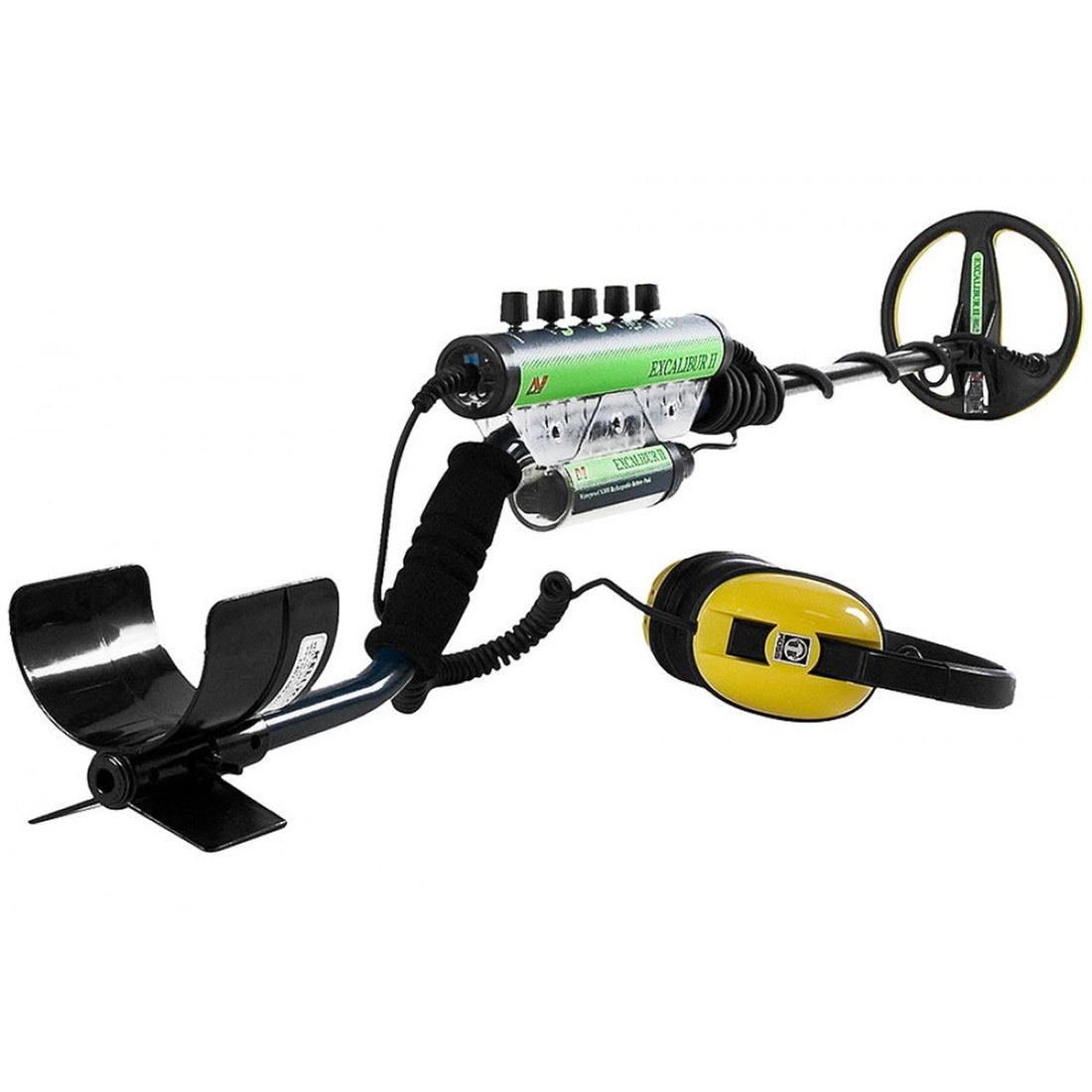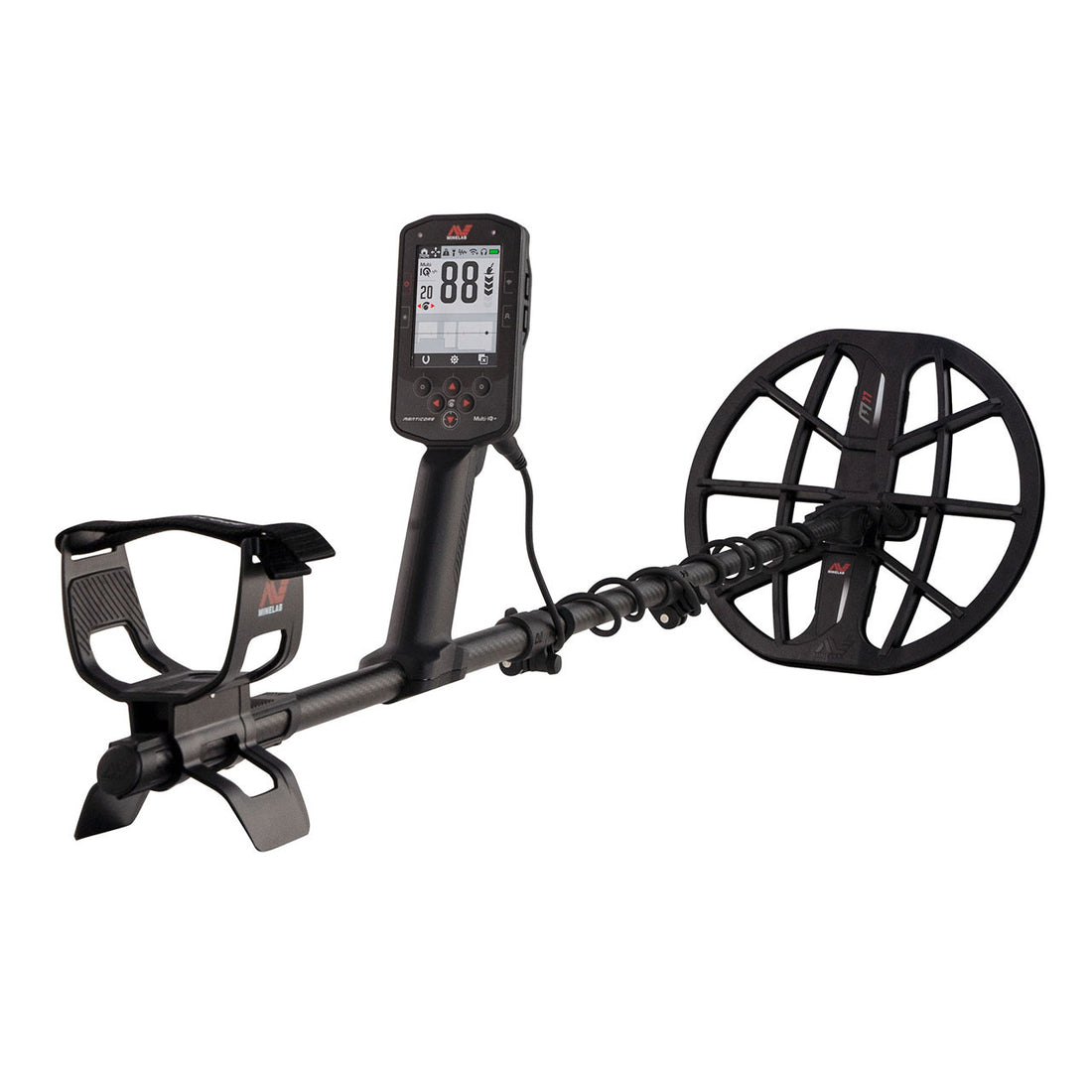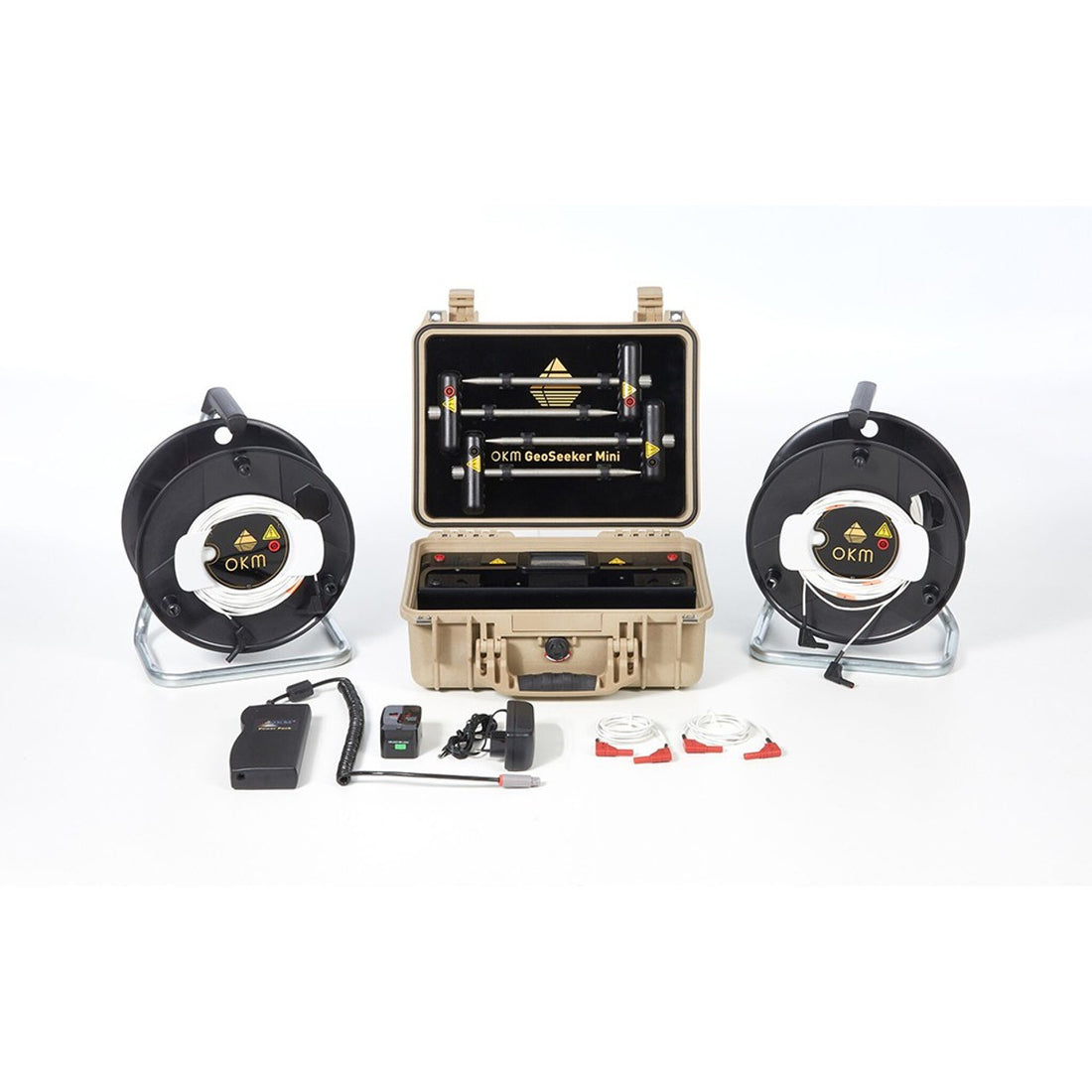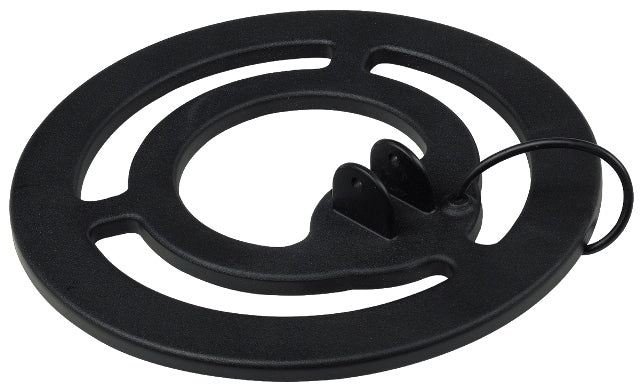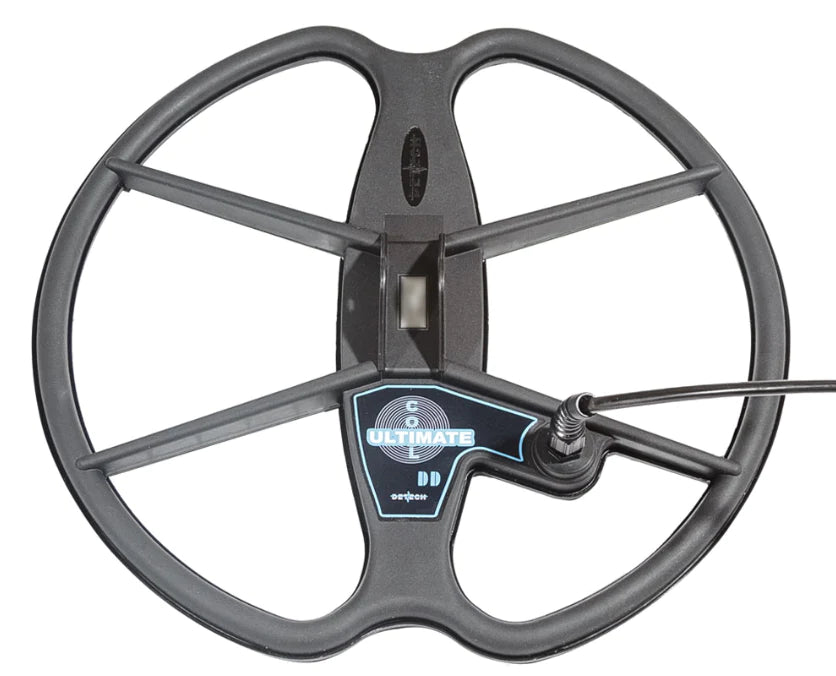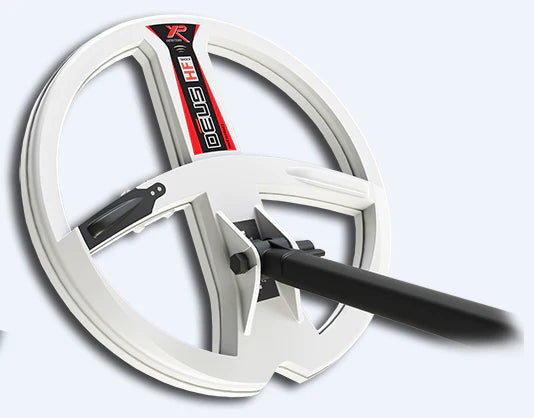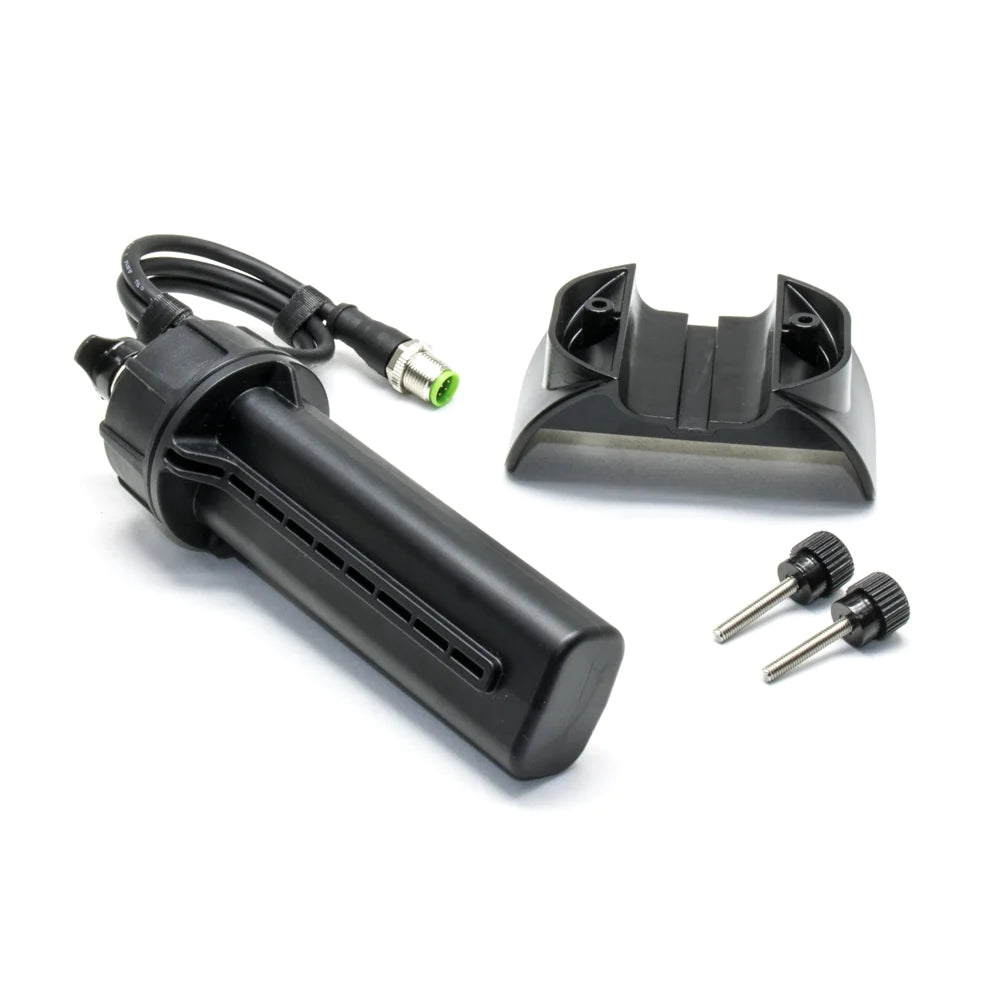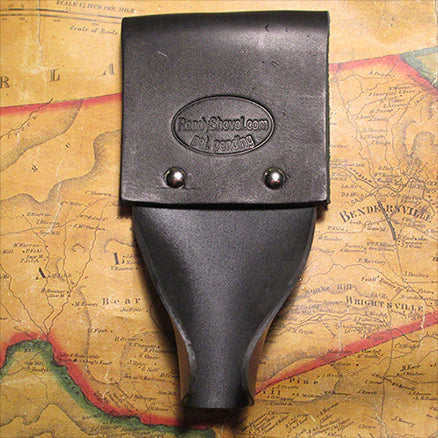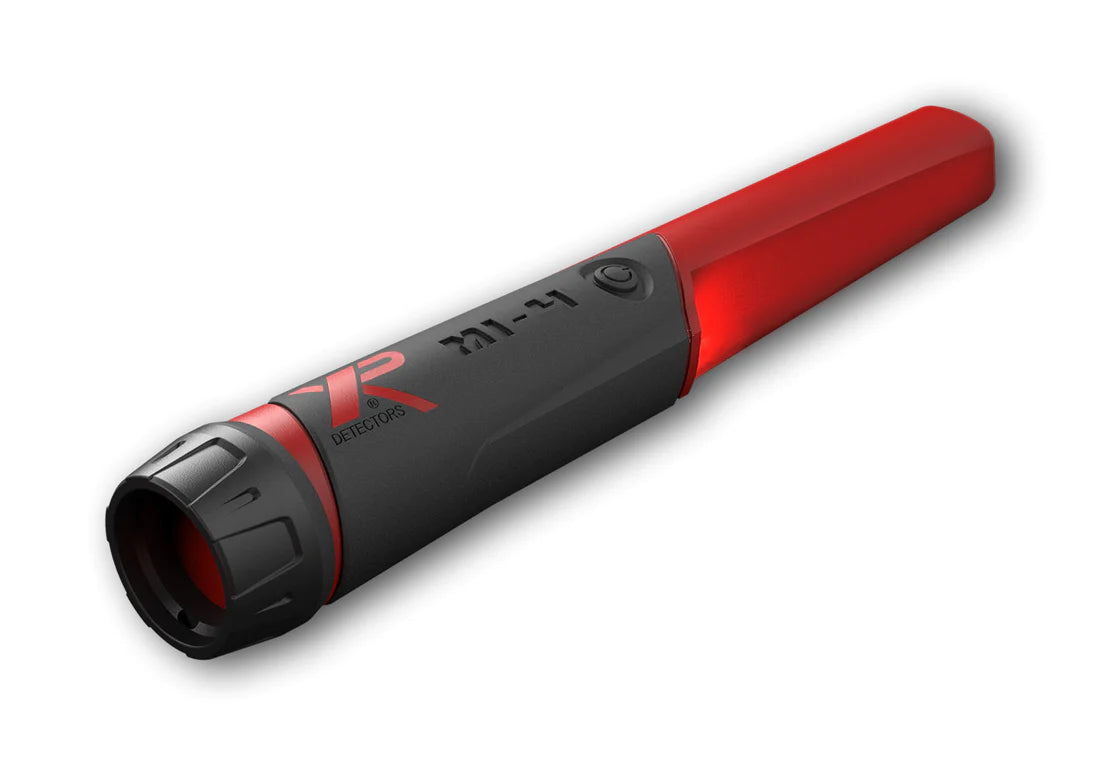Scanning and Detecting Rebar in Concrete
Scanning and Detecting Rebar in Concrete
by Michael Bernzweig
Rebar is steel rods that typically run through slabs of concrete. The steel rods help reinforce the strength of the concrete slabs giving the structure a strong form. Unfortunately, rebar can cause extensive damage to construction tools if you are performing coring or concrete cutting work. If you've never thought much about concrete scanning or concrete inspection for rebar detection, that is understandable. Many people do not think about it until they need to scan a concrete slab or test another floor for a steel reinforcement bar or another reinforcing bar.
Expensive repairs and the replacement of tools can occur if you cut into rebar. Therefore, you need to locate rebar within concrete slabs before you begin work. A rebar detector can accurately measure the location and depth of steel rods. You can use either handheld rebar locator units or ground-penetrating radar systems to accurately find rebar within concrete. Once you accurately locate and measure the steel reinforcement, you will be able to complete the task at hand.
Why are Rebar Locators Vital to Construction Work?
Imagine you are working on a building site, and water damage has occurred. Underneath the concrete that has been used to build a structure, there are water pipes. You simply need to cut away the concrete and repair the leaky pipes. Unfortunately, the concrete slabs are reinforced with rebar, making the job more difficult.
By using a rebar locator, you can accurately and easily find the rebar in the concrete that must be cut away. Having the proper tools on-site or in your kit will enable you to quickly complete the job. A rebar locator is definitely a tool that construction workers or firms should have on-site at all times. It will prevent plenty of issues on any job in the future.
The Importance of Detecting Rebar in Concrete
Accurately identifying and locating rebar is an initial step in non-destructive surveys of reinforced concrete structures and pavements. If you are installing utilities by core drilling or determining the concrete strength, it is vital to establish the locations of steel rods to avoid damage to the integrity of the reinforcing material
The main use of rebar locators is to complete a non-destructive investigation of the concrete. You are also investigating the material to prevent any future damage to the reinforcing materials.
Find Rebar, Estimate Size and Depth of Concrete Cover
Rebar is often found buried under concrete during construction projects. Finding it requires knowing how to detect it and what tools are needed. This video demonstrates the use of a rebar locator, a magnetometer, and a tape measure to find rebar and determine the size and depth of concrete coverage. Locating a rebar cover, a piece of material that covers the end of the rebar, is possible with a metal detector.
How to Detect Rebar in Concrete?
When completing non-destructive evaluations of the reinforcing materials, you are:
- Measuring the concrete cover's depth for structural compliance, fire protection, and corrosion resistance
- Ensuring the correct bar spacing and placement
- Measuring rebar size or diameter to ensure the build complies with the design requirements
- Locating wall ties, tendons, splices, and other metal that has been embedded
- Ensuring the proper splice lengths
If you are wondering how to find a rebar in concrete, using a rebar locator helps you avoid damaging reinforcing steel during penetration procedures with a cutting saw or core drilling. The integrity of a structure may become compromised by accidental damage to reinforcing steel.
Nondestructive Evaluation Techniques
Rebar locators are used to locate rebar, reinforcing rods embedded in concrete slabs, beams, and columns. They use magnetic fields to detect the presence of iron within concrete structures. These devices are typically handheld, battery-powered units that operate inside buildings. However, there are also larger industrial versions that can be mounted on trucks or cranes.
The main advantage of rebar locators over traditional methods such as hammering or drilling is that they do not damage the structure being tested. This makes them ideal for inspecting large areas where it is impossible to drill holes. In addition, because they don't require physical contact with the material under test, they're less likely to cause structural damage.
Although rebar locators are generally considered safe, you should always wear safety equipment while working with them. You should never attempt to move a device around a building without proper support, and you should avoid moving heavy objects near the area being inspected.
Steel reinforcement should be located before other construction work begins on a building. This includes reinforcing the foundation, pouring footings, installing plumbing, electrical wiring, and heating/cooling systems, and adding interior finishes. If reinforcement is installed too late, it could compromise the structural integrity of the building.
Nondestructively evaluating reinforced concrete structures requires special equipment and training. A non-destructive technique called ultrasonic testing is commonly used to detect embedded rebar. Ultrasonic testing uses sound waves to penetrate the concrete and identify the rebar location, orientation, and size of steel reinforcements.
Why is rebar used in concrete?
Rebar is an absolute necessity because concrete is strong in compressions but is relatively weak under tension. Its tensile strength is actually only 10% of its compressive strength! Rebar and reinforcement bars make sure that the concrete is able to carry tensile loads. This increases its overall strength and durability. We have all seen concrete that was poured incorrectly and with no reinforcement. It will crack and pull apart very quickly. You will sometimes see a wire mesh used as an alternative to rebar. Either will work to help create a composite material with many construction applications and stay strong under all types of stress.
Whether using a ground-penetrating radar or another detection device for fast scanning and concrete testing, it is crucial to make sure you are using the right tool that will allow you to detect dense rebar and any other steel bar object accurately. It may be a good idea to invest in a coating thickness gauge as well since rebar covers can vary in thickness. Based on these results, you can determine what strength of conduit flaw detector you need. This is particularly useful when scanning large structures, such as foundations. You can effectively trim various rebar diameters with an impact wrench and rebar cutters in your tool kit. When you have the right equipment, you'll have an easier time.
Detecting Rebar With Different Tools
There are four different tools that you may use to investigate rebar in concrete. The tools used to locate rebar include Cover Meters, Rebar Locators, Metal Detectors, and Ground-Penetrating Radar Concrete Scanner. The depth and measuring capabilities will often depend on the manufacturer and technical specifications of the device.
Cover Meters
Cover Meters are able to perform a complete non-destructive evaluation of reinforcing steel in concrete. They accurately find the location, rebar diameter, and depth of the embedded steel bars. A high-quality cover meter is the best tool to assess the integrity of a structure's reinforcing steel system.
Cover Meters use pulse induction coils to generate eddy current magnetic fields. This method is unaffected by materials such as wood, concrete, plastic, and bricks. Moisture and voids in the concrete influence the device's measurements. The conductive materials within the magnetic field influence measurements.
Rebar Locators
Rebar Locators use similar technology to detect steel supports. However, the rebar scanner concrete device is smaller, more economical, and much easier to use. The device is not as sophisticated as Cover Meters, however. Compared to Cover Meters, location accuracy is nearly the same, but the estimation of concrete cover depth, bar diameter, and wide-area evaluations are not as accurate. Rebar Locators can accurately find the exact location of embedded wire mesh, wall ties, studs, and metal fasteners inside concrete structures in a wide range of scenarios.
A rebar locator is a handheld device used to find rebars buried in concrete structures such as roads, bridges, dams, and tunnel walls. These devices use electromagnetic induction technology to detect the presence of rebars buried in concrete without having to physically touch the rebar. The rebar locator is designed to work with rebars ranging from 3/8 inch to 2 inches in diameter. They typically come with a battery pack, a display screen, and a USB port.
Metal Detectors
If you have a less demanding situation in which you need to locate steel reinforcement, then you can use a Metal Detector. Metal detectors are good for the general locating of rebar. The rebar should be widely spaced. A majority of Metal detectors on the market today can determine if a metal is ferrous or non-ferrous. This reduces confusion over the material inside the concrete structure. Metal detectors detect all metals and will likely struggle to determine the exact location or boundary of the steel rebar.
Ground-Penetrating Radar Concrete Scanner
Ground-Penetrating Radar (GPR) Concrete Scanner is a newer device used in construction. GPR has been used for some time in certain industries, including exploring subsurface soil conditions, archaeological digs, and locating underground utilities. New technology advances have made it possible to use GPR in the non-destructive evaluation of concrete.
GPR devices can accurately locate and determine the size of large reinforcing steel bars as much as 2 feet below the surface. In addition, GPR's provides a complete representation of voids, inclusions, delamination, and utilities underneath a concrete surface. Some models can provide three-dimensional subsurface views for a clear presentation of data. Meter readings can be affected by conductive materials located within the magnetic field.
Concrete Scanners
You know how it goes. You start a project and suddenly realize there are some things you didn't plan for. Maybe you need to install a sprinkler system or run power lines underground, or maybe you just want to make sure everything is up to code. Whatever the case, you're probably going to need to dig holes. And while digging holes might seem simple enough, it turns out that many contractors don't do it correctly. They use too much dirt, they don't put down the proper amount of concrete, or they don't even measure properly. These mistakes can cause serious problems later on. For example, if you pour too little concrete, you could end up with weak foundations. If you pour too much, you'll waste money and need to order extra material. And if you don't measure properly, you could miss the mark and end up with uneven walls or ceilings. To help prevent these kinds of issues, there are now concrete scanners that can help you find hidden objects like wiring, pipes, rebar, and more.
Importance of Locating Steel Reinforcement in Concrete
Steel reinforcement should be located before other construction work begins on a building. This includes reinforcing the foundation, pouring footings, installing plumbing, electrical wiring, and heating/cooling systems, and adding interior finishes. If reinforcement is installed too late, it could compromise the structural integrity of the building.
Nondestructive Evaluation Techniques
Nondestructively evaluating reinforced concrete structures requires special equipment and training. A non-destructive technique called ultrasonic testing is commonly used to detect embedded rebar. Ultrasonic testing uses sound waves to penetrate the concrete and identify the rebar location, orientation, and size of steel reinforcements.
Core Drilling
If you want to drill into the concrete slab to access utility lines such as water pipes, gas pipes, or electric cables, you must use core sampling methods. These include boring holes into the concrete, retrieving cores from the boreholes, and analyzing the cores.
How to Find Reinforcement in concrete
Cover meters are used to locate reinforcing steel in concrete structures. They work by sensing changes in electrical properties of the concrete caused by the presence of metal objects like rebar.
There are two main categories of cover meters: inductive and capacitor. Inductive cover meters use electromagnetic induction to measure the magnetic field around a structure. Capacitor cover meters use electric fields generated by electrodes embedded in the concrete to sense the change in voltage due to the presence of reinforcement.
Reinforcement detection systems are commonly installed in buildings where there is a risk of collapse. These include bridges, high-rise buildings, tunnels, dams, and nuclear power plants.
Ground penetrating radar (GPR) is an effective method for locating reinforcement in concrete. GPR works by transmitting radio waves into the concrete and measuring the reflections off of reinforcing bars. This allows engineers to see exactly where reinforcement exists within a building without having to dig up the floor.
Metal detectors are useful products to be used as tools as a rebar detector in concrete for locating rebar as well as finding wires, pipes, etc., buried under the surface with confidence.
Each tool listed above provides plenty of advantages and disadvantages for locating rebar in concrete slabs. GPR is the most advanced technology available, but it has its drawbacks, making it not always reliable. Meanwhile, devices as simple as rebar locators and metal detectors may suffice depending on the job.
Before purchasing a device to help you find reinforcements in concrete, you need to understand the job at hand. If locating a rebar is a common task, then a rebar locator may be the simple, easy-to-use device you need. However, if your work is more complex, you may select an advanced device such as a GPR to get an even clearer picture of the steel reinforcements under the surface.
Copyright Detector Electronics Corp. 2021 - Revised August 2022

